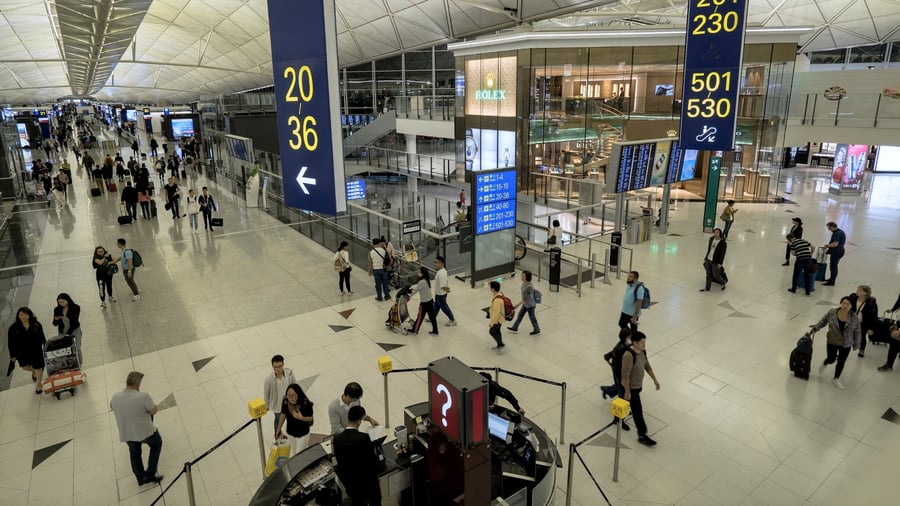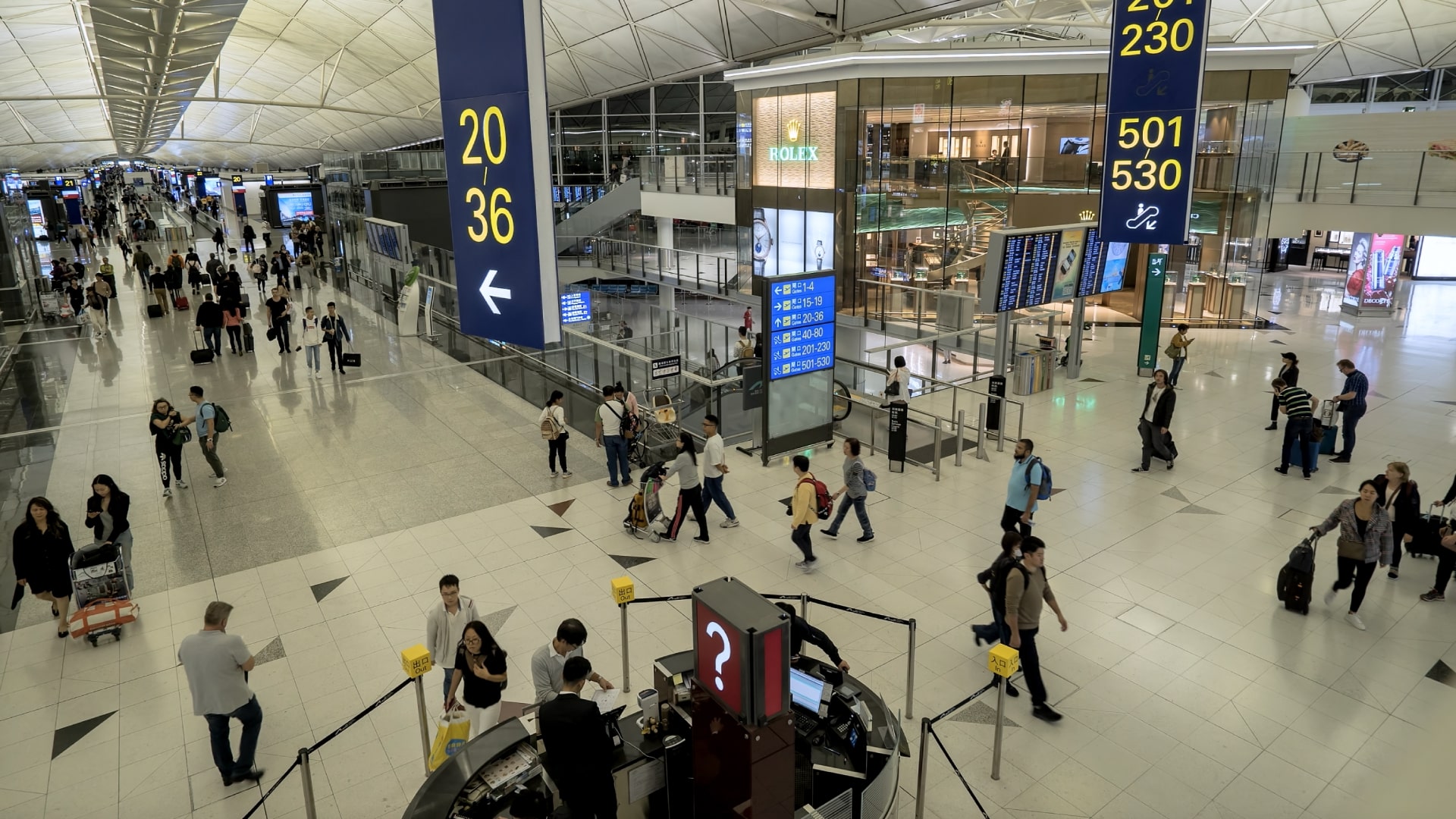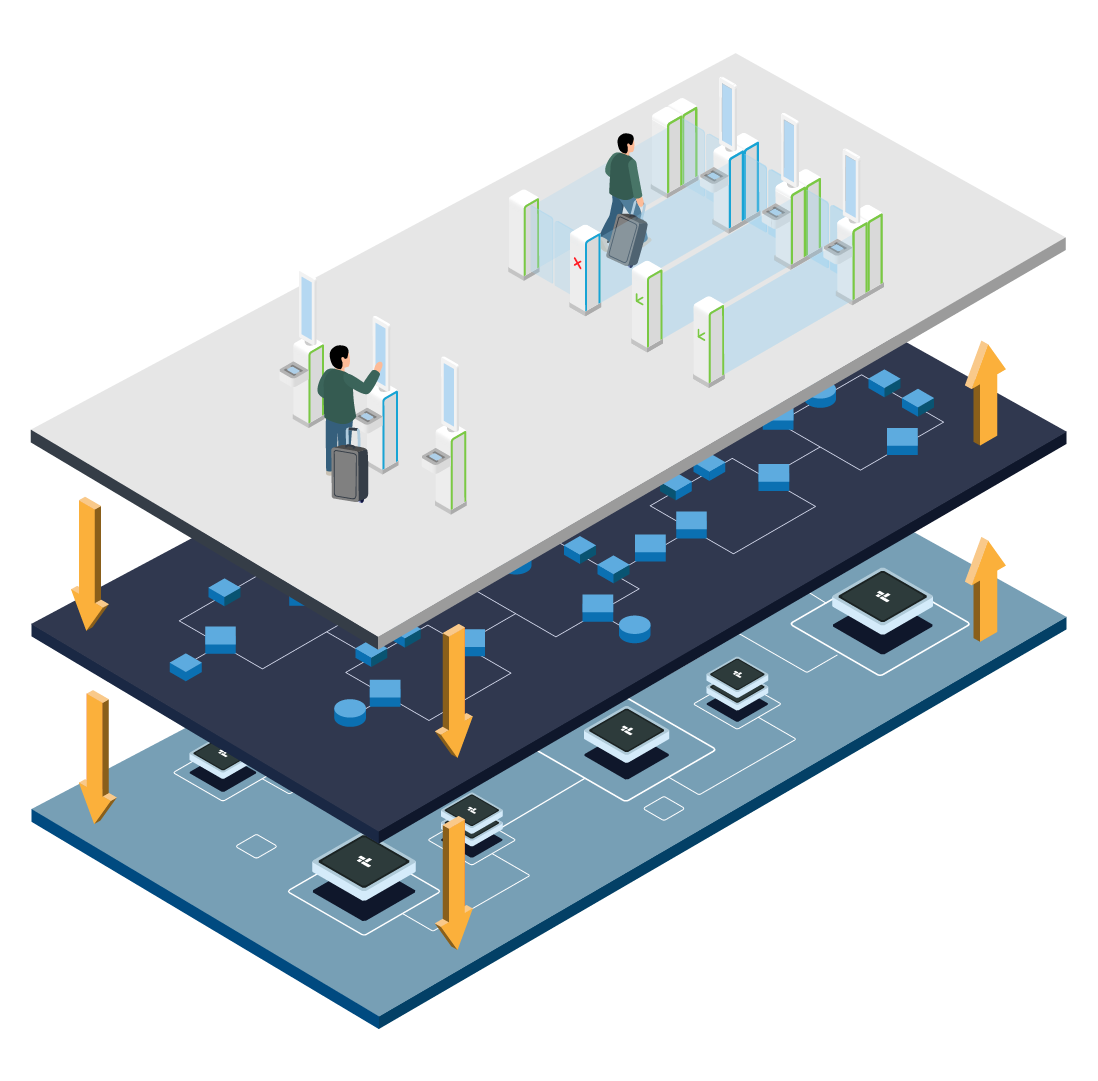What’s the passenger’s profile nowadays?

In this age of the digital traveller, when the seamless travel experience is the cherished ideal, creating faster, seamless travel experiences is more important than ever. For Airports, Airlines, and Border Forces, meeting this challenge requires a customer or passenger-centric approach that fully takes on board all aspects of passenger behaviour.
To this end, air travel stakeholders require a comprehensive understanding of the needs, preferences, and pain points of today’s passengers -- a holistic view that informs stakeholders of how best to deploy their resources and provide the interactions and processes necessary to providing a seamless travel experience.
What IATA Survey Data Reveals
The International Air Transport Association (IATA) has been carrying out a Global Passenger Survey (GPS) since 2012, with the intention of providing objective and in-depth insights into the preferences and behaviours of air travellers all around the world. For its 2021 Global Passenger Survey, IATA sought the views of 13,579 respondents across 186 countries, for their travel preferences. The survey findings cover a range of issues and reveal insights that air travel stakeholders should bear in mind, in their effort to provide seamless, traveller-centric experiences for their passengers.
According to IATA’s 2021 Global Passenger Survey, passengers are progressively willing to share biometric data for faster airport processes. 73% of the participants are interested to use biometric information instead of passports and boarding passes for all airport processes. Covid times have been a game changer with fast and direct impact on passengers’ willingness to share biometric data. Bear in mind that, in 2019, we had only 46% of people willing to do so.
By adopting biometrics for processing passengers, it will also improve queuing and processing time which, as the GPS mentions, continues to be the one of the key pains in traveller's experience during security, immigration and boarding. Especially, the last use case stands out as the first to be improved. Nonetheless, when comparing to 2019, less people pointed for improvements in queuing process during boarding (54% vs 60% 2019). It is coherent with recent studies where self-boarding eGates global installed base within airports have been growing and it is forecasted to continue to do so during the next 8 years reaching a market between $200M-$250M. Still, with a faster and secure processing, it allows travellers to spend more time in shopping areas within the airport, reducing stress and therefore, improving customer satisfaction.
Passengers polled for the survey expressed an interest in apps and technologies that can improve the handling of their baggage. 72% of respondents say they are more likely to check baggage in if some form of baggage tracking is available. 65% of the passengers would be interested in a scheme that would enable their baggage to be picked up from their home or office in advance and dropped off at their destination.
Data security remains a major concern for today’s passengers, a new topic not covered in 2019 GPS which indicates how critical is becoming. 56% of those surveyed are worried about a loss of information due to data breaches, while 52% complain of a lack of knowledge of who the passenger data is being shared with. 51% of the respondents are concerned with not knowing how passenger data is being handled or stored.
Finally, good news for accessibility. For all use cases, overall score has increased. Around 80% people say the industry is supportive and resilient to cover special needs. The industry has been extending several accessibility standards to aviation as it happens, for instance, with Americans with Disabilities Act (ADA), Accessible Canada Act (ACA) or European Accessibility Act (EAA) which will be mandatory for self-service touchpoints in 2025.
Larger Industry Trends
A 2022 IATA industry analysis identifies macro-economic trends relating to passenger traffic that air travel stakeholders should take into consideration for their resource allocation and operational planning. IATA anticipates overall traveller numbers to reach 4.0 billion in 2024 (counting multi-sector connecting trips as one passenger). This figure exceeds pre-COVID-19 levels, at 103% of the 2019 total.
Mobility restrictions are the only cause for the actual traffic numbers (-40% vs 2019 levels) impacting especially, international traffic. During the last 2 years, the industry couldn’t come up with a unique tool to make health credentials shareable among key aviation stakeholders – airlines, airports, and border forces.
European Union Digital Covid Certificate (EU DCC) was the unique standalone success allowing mobility within Europe and creating some unilateral partnerships with few 3rd countries for its acceptance. But it doesn’t work for all industry nor respond to broader needs such ID management.
ID interoperability among all stakeholders - airlines, airports, and border agencies – through a unique platform is critical and IATA One ID initiative was designed to cover it. Personal information, health credentials and biometrics can be confirmed as early as possible (through mobile, at home) avoiding unnecessary queuing.
Based on a recent article at Airport Technology.com, with COVID-19 having put a sharp focus on health and safety, hygiene enhancement and germ-killing solutions are high on the list of priorities for stakeholders in the aviation sector. Until passengers develop full confidence in the ability of Airports, Airlines, and Border Forces to guarantee their safety, Personal Protective Equipment (PPE) will remain a necessary safeguard. Aviation stakeholders will also need to look towards technologies such as Ultraviolet (UV) irradiation, aircraft fogging, and the use of High Efficiency Particulate Air Filters, to enforce stringent cleaning protocols.
With the progressive relaxation or elimination of travel restrictions in many markets, based on recent IATA economics’ reports. Improvements are being seen mainly, in the North Atlantic routes and within Europe. Especially, Europeans are preferring short-haul travel as confidence rebuilds and where they can use their EU DCC. Asia-Pacific remains stagnant, due to the slow removal of international travel restrictions, and the likelihood of renewed domestic restrictions during localised outbreaks.
In line with the expectations of consumers in retail and other sectors, air passengers will also hold aviation stakeholders accountable, in terms of their contribution to environmental safety and sustainability. Several airports around the world have been rising to this challenge by implementing sustainability measures such as the increased utilisation of natural light, holistic recycling initiatives, and energy saving measures. Technology that provides pilots and dispatchers with real-time access to accurate weather reports from multiple sources is enabling airlines to maximise fuel efficiency, reduce carbon emissions, and improve situational awareness.
While it is still too early to predict the impact of the Russia-Ukraine conflict on the long-term growth of air transport, the impact on airline costs due to fluctuations in energy prices or rerouting to avoid Russian airspace could have broader implications.
What This All Means for Air Travel Stakeholders
Currently, travel industry players are dealing with a passenger concerned about the loss of data due to data breaches, the lack of knowledge of who the passenger data is being shared with (transparency is important) and not knowing how passenger data is being handled or stored.
Understanding the passenger profile is key for Airlines, Airports and Border Forces, as it’ll allow them to better run their own businesses and operations, design and implement strategies with lower risk and higher scale and build a strong position in the market.
These stakeholders need to know the passenger holistically, so they can invest in the right biometric technologies with lower risk, implement digital strategies and processes, and fundamentally create 1-to-1 relationships with the customers - instead of 1-to-many relationships. With that essential knowledge of the passenger profile, they can have long-term business successes and become future-proof players in the market, meaning they can easily adapt to the ever-changing travellers’ needs and stay ahead of the competition.
All the main stakeholders need to have a full understanding of the traveller, otherwise, they’ll lose competitive advantage. Knowing passengers is the premise to play the game. Nowadays, the player that better manages and uses data will win.
Publish date: June 2022









